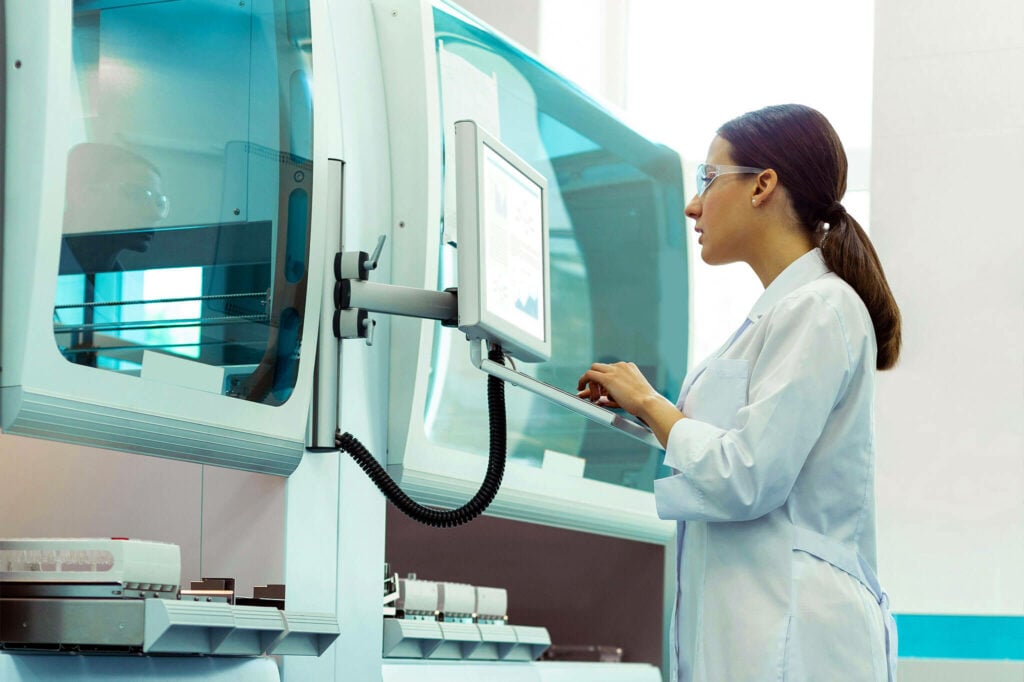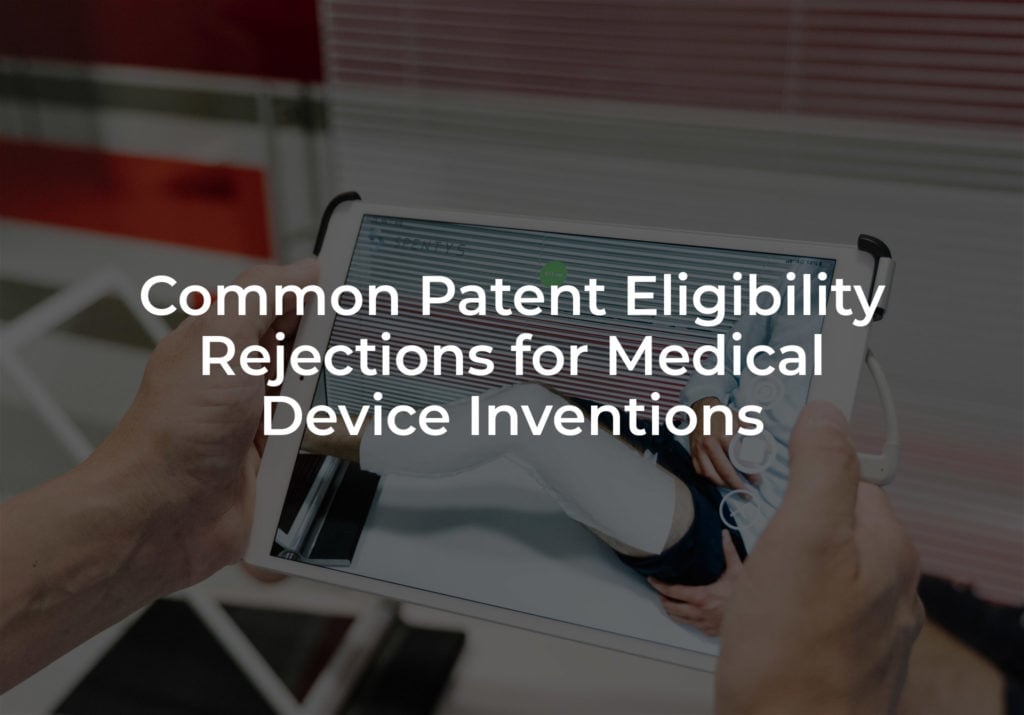Over the past decade, there has been an explosion of innovation in the medical device sector prompted by the enactment of the Affordable Care Act, and more recently, the COVID pandemic. While the benefits of medical device innovations and treatments are invaluable to those who need them, development of new medical devices can be quite costly. One way for medical device companies to recoup on research and development costs, as well as the costs associated with bringing a new medical device to market, is through the procurement of intellectual property rights, such as patents.
For any new medical device, seeking patent protection should be a high priority. However, there are many things to consider before submitting a patent application to the Patent Office, such as whether to obtain a prior art search, whether to file a provisional or non-provisional application, and whether there is a benefit to seeking design patent protection.
Medical Device Patent Search
A prior art search is an important early step in the process of determining whether patent protection is an appropriate avenue of legal protection for a newly invented medical device. A thorough prior art search is modeled after the searching processes performed by patent examiners at the USPTO, and further includes developing a full picture of the state of the art in the relevant medical device field and considering publications, patents and patent applications held by competitors.
Since it is possible for two companies or inventors to arrive at similar products independently of one another, a prior art search performed in advance of filing a patent application with the USPTO can reveal what other products or prototypes are already in existence. The results obtained from a prior art search can inform decision-making going forward and can potentially save companies and inventors significant sums of money since patent claims can be carefully and thoughtfully drafted to distinguish over any identified prior art.
Provisional Patents for Medical Devices
In the United States, and around the world, patent protection is granted to those who are the first to file. This means that the sooner applicants can file their patent applications, the better. Many applicants elect to start the patent application process with a provisional patent application because provisional filings offer numerous benefits to the applicant. One of the biggest advantages is that a provisional application effectively gives applicants up to a year to begin the patent application process in earnest. In essence, a provisional filing serves as a placeholder in time, securing an early filing date for applicants. All provisional patent applications are converted into non-provisional applications after one year, and only non-provisional applications are examined by the USPTO.
Design Patents for Medical Devices
The particular way that a medical device looks can have. For instance, the specific design of a medical device can promote proper use or improve user experience, children are less afraid of injectors that have friendly designs, and many surgical and orthopedic devices incorporate specific designs to improve compatibility for use with other devices. As such, protecting the particular design of a medical device can be achieved by securing a design patent. Design patent protection lasts for 15 years from issuance.
Non-Provisional Patents for Medical Devices
Medical devices generally qualify for utility patent protect, meaning that as a product, process or machine, a novel and non-obvious medical device invention can be eligible for patent protection. Applicants must file a non-provisional patent application, complete with a written description of the inventions, a claim set, and drawings (if appropriate) to initiate the examination process. The non-provisional application is examined by a patent examiner at the USPTO and if patented status is granted, the patent right prohibits others from making, selling or using the patented medical device for a period of 20 years from the date of filing.
Medical Device Patenting Process
A general overview of the process for obtaining a medical device patent consists of seven steps:
- Obtain a prior art search.
- Consult with an experienced patent attorney about the best patenting strategy for your medical device.
- Prepare a thoughtful and carefully crafted patent application with the help of your attorney.
- Submit the patent application to the USPTO for examination.
- Work through the examination process.
- Obtain an issued patent.
- Maintain, police, and enforce your patent rights.
A skilled intellectual property lawyer with experience prosecuting medical device patents will be able to guide you through the patent application process and can answer any questions you have along the way.
Experienced Medical Device Patent Attorneys
At the Rapacke Law Group we are excited to help our medical device clients get the intellectual property protections they need! We offer a free initial consultation. Click here to schedule a call with one of our patent attorneys today.




